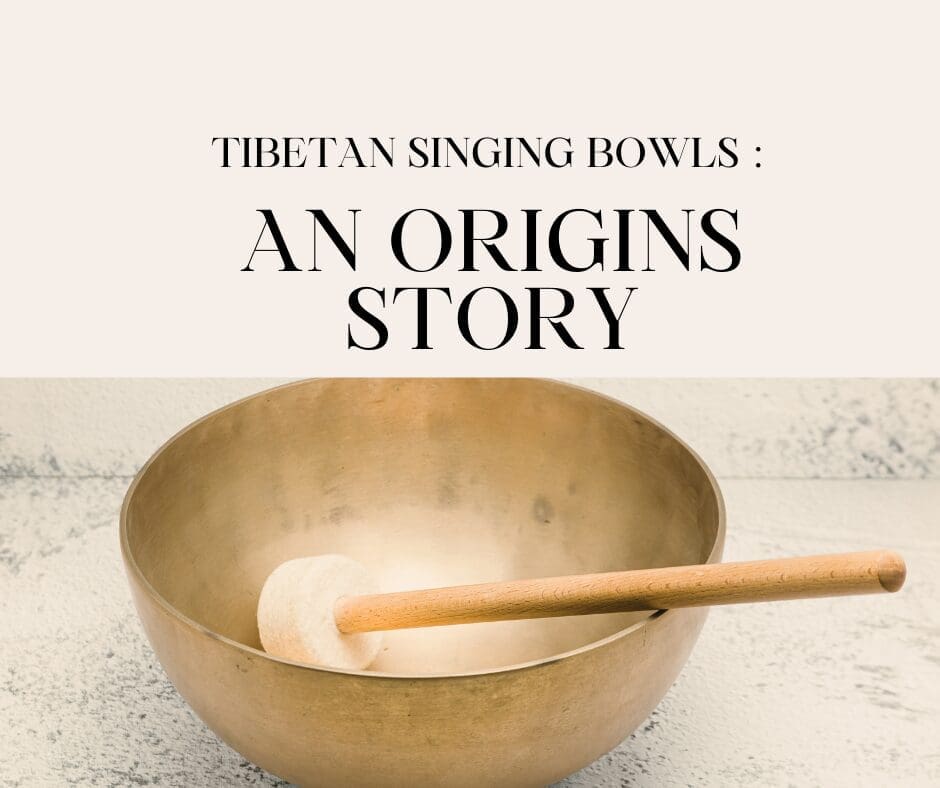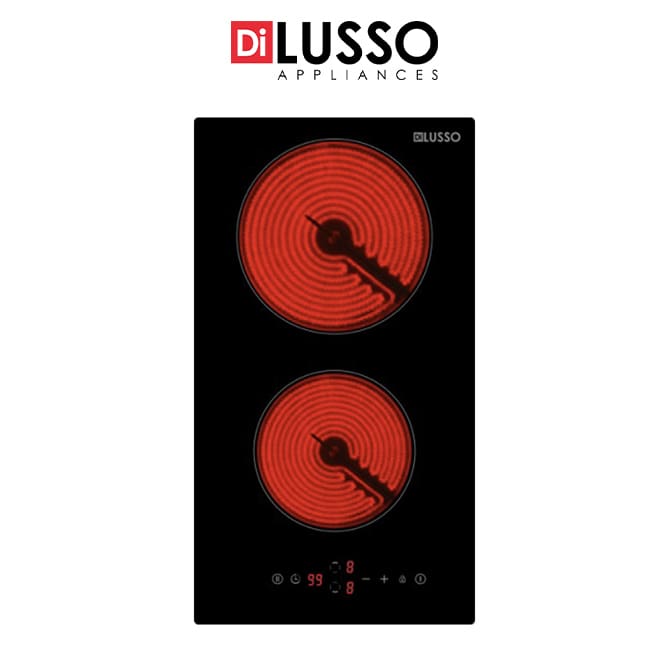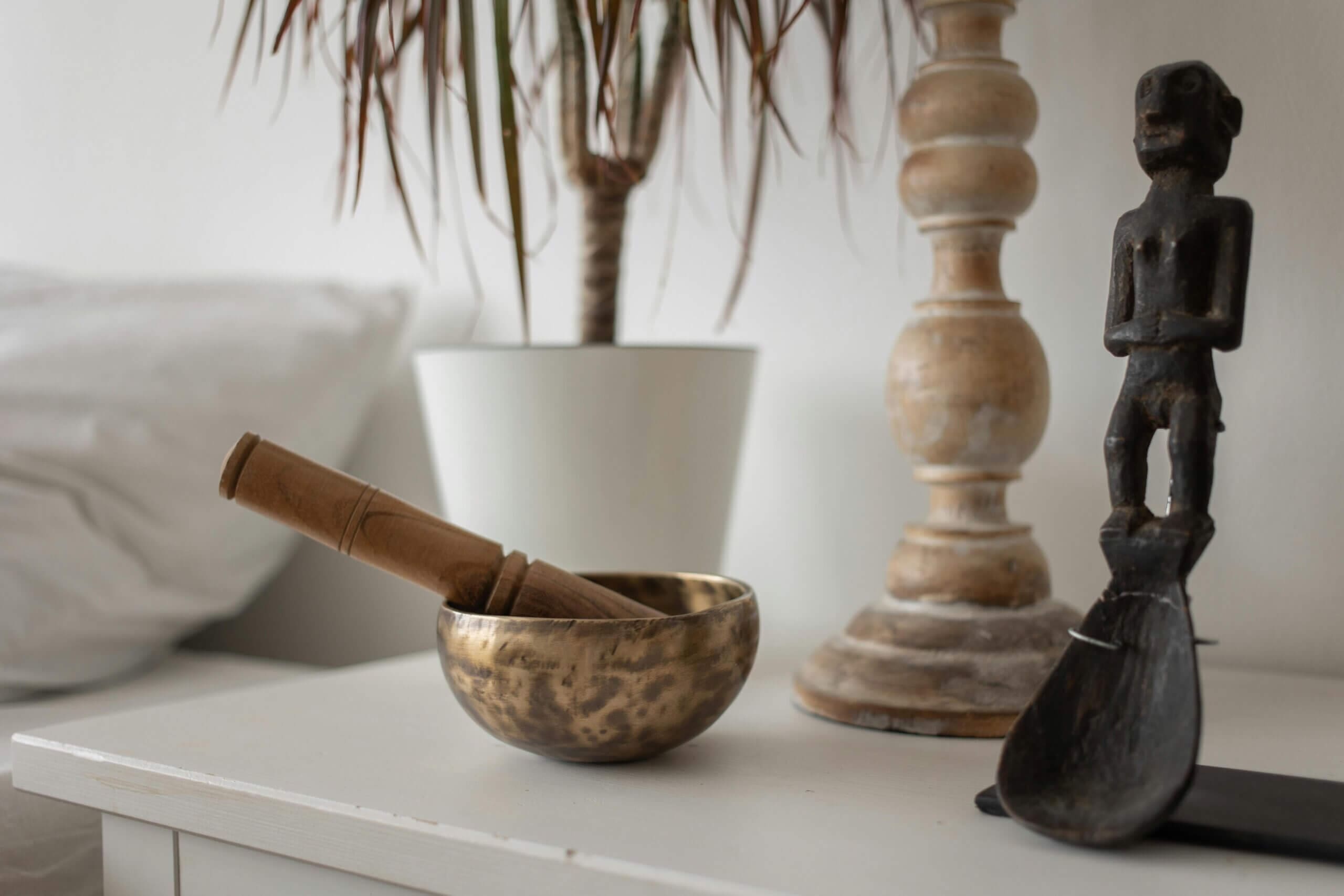
The origin of singing bowls dates back to the pre-modernization period, where record keeping and writing was not as it is currently. Thus, there is a lot of mysticism and folklore surrounding their exact origin. We attempt in this article, to explore the origins and impact of Tibetan singing bowls, providing more details on their use and evolution over time.
Introduction to Tibetan Singing Bowls
The origin of Tibetan singing bowls, as with other singing bowls is somewhat an enigma, largely due to the fact that written records were rare at the time. The most popular account opines that they originally came from India, and were introduced to Tibet during the 8th-9th century when Buddhism took over. This was during the time of teacher Padmasambhava, the Buddhist instructor. Oral legends also maintain that Tibetan singing bowls were originally used by ancient shamans in the Himalayan region, perhaps forming the reasoning behind them being also known as Himalayan singing bowls.

Creation Process
The creation of Tibetan singing bowls is an intricate process that, since it began 2000+ years ago, has been handed over from one generation to another using verbal instruction. It is usually restricted within a structured clan, or caste system. Traditionally, Tibetan singing bowls are made of a seven metal alloy that includes gold, iron, lead, mercury, tin, silver and copper. Each of the seven metals is aligned with the seven chakras of the human body, and the seven heavenly bodies in the solar system.
According to Yoga for Harmony UK, each bowl starts by casting the molten metal into a mold. It is worked on by three to four people, with one person holding hot molten metal with tongs, while the others alternate between hammering and chanting until the bowl develops from a rough shape to a more symmetrical one. After this, the bowl’s lip is smoothed out, and beaten again to further fortify the metal.

Modern methods have also been developed where Tibetan singing bowls are made using machines. This process includes pouring hot metal into a mold, allowing it to cool then breaking it out, then finishing it off by removing abrasive materials.
Ancient Use and Evolution
The initial use of Tibetan singing bowls is shrouded in mystery.However, early accounts indicate that they were first used by the Bon people, who were known for utilising various tools to perform healing rituals and communicate with the spirit world. Tibetan singing bowls provided a means of achieving this.
Buddhists in Tibet were, and still are famous for their use of singing bowls as part of their prayer and meditation. They were often used in monasteries and temples, both in Tibet and throughout the Himalayan region, as tools for spiritual growth and introspection as it was believed that the sounds and vibrations they produce aid in achieving heightened spiritual awareness through meditation.

In the 20th century, with increased interest in Eastern spirituality and alternative healing practices, Tibetan singing bowls began to spread beyond the Himalayas. Western travelers and spiritual seekers who visited Tibet and Nepal brought these bowls back to their home countries, fascinated by their unique sounds and perceived healing properties.
Today, many yoga and meditation enthusiasts continue to use Tibetan singing bowls to achieve inner peace, wellness and ward off negative energy.
Cultural Significance
Most people view Tibetan singing bowls, not just as practical items for use, but symbolic and related to spiritual beliefs and cultural heritage. This is particularly within the Tibetan and Himalayan regions. A few key reasons why:
- Symbol of Spiritual Awakening
In Tibetan and Nepalese culture, singing bowls play a great role in connecting people to the higher world, and serve as a symbol of elevated spirituality. The sound produced by the bowls is also often seen as symbolic of the Buddhist concept of ‘emptiness’, a central teaching in Buddhism. In addition to this, the act of playing a bowl allows one to focus on the sound and vibrations, facilitating a deeper connection with their inner self and the universe.

Thus, Tibetan Singing Bowls offer the opportunity to bridge the gap between the divine and the earthly realms, providing a means of introspection and and higher spirituality.
- Meditation
Tibetan singing bowls are used in meditation to promote deeper consciousness, and relaxation. The sound of the bowl is believed to help clear the mind, reduce stress, and enhance spiritual awareness. In Tibetan culture, they are often used to signify the beginning and end of meditation sessions or to punctuate chants and prayers.

- Healing
Tibetan singing bowls are also believed to possess healing properties. In traditional Tibetan medicine, the vibrations produced by the bowls are believed to help balance the body’s chakras , promoting physical and emotional well-being. Sound therapy practitioners often use Tibetan singing bowls to help patients release tension, alleviate pain, and promote healing.
- Preservation of Tibetan Culture
Apart from having spiritual and healing applications, Tibetan singing bowls also represent the rich Tibetan cultural heritage and ancient spiritual traditions. This means that they play a crucial part in preserving Tibetan heritage especially since many of them are under the threat of extinction due to social and political changes over time. Thus, by using the bowls, people around the world continue to honor the Tibetan cultural legacy.
Tibetan singing bowls, with their rich heritage, multiple benefits and cultural heritage continue to play a major part in inspiring meditation and wellness globally. So if you are a wellness enthusiast, or starting the journey to achieving inner balance, these bowls are exactly what you need. Get a Singing Bowl here today.
Written by Joyce Ochieng for the CBF Store



















